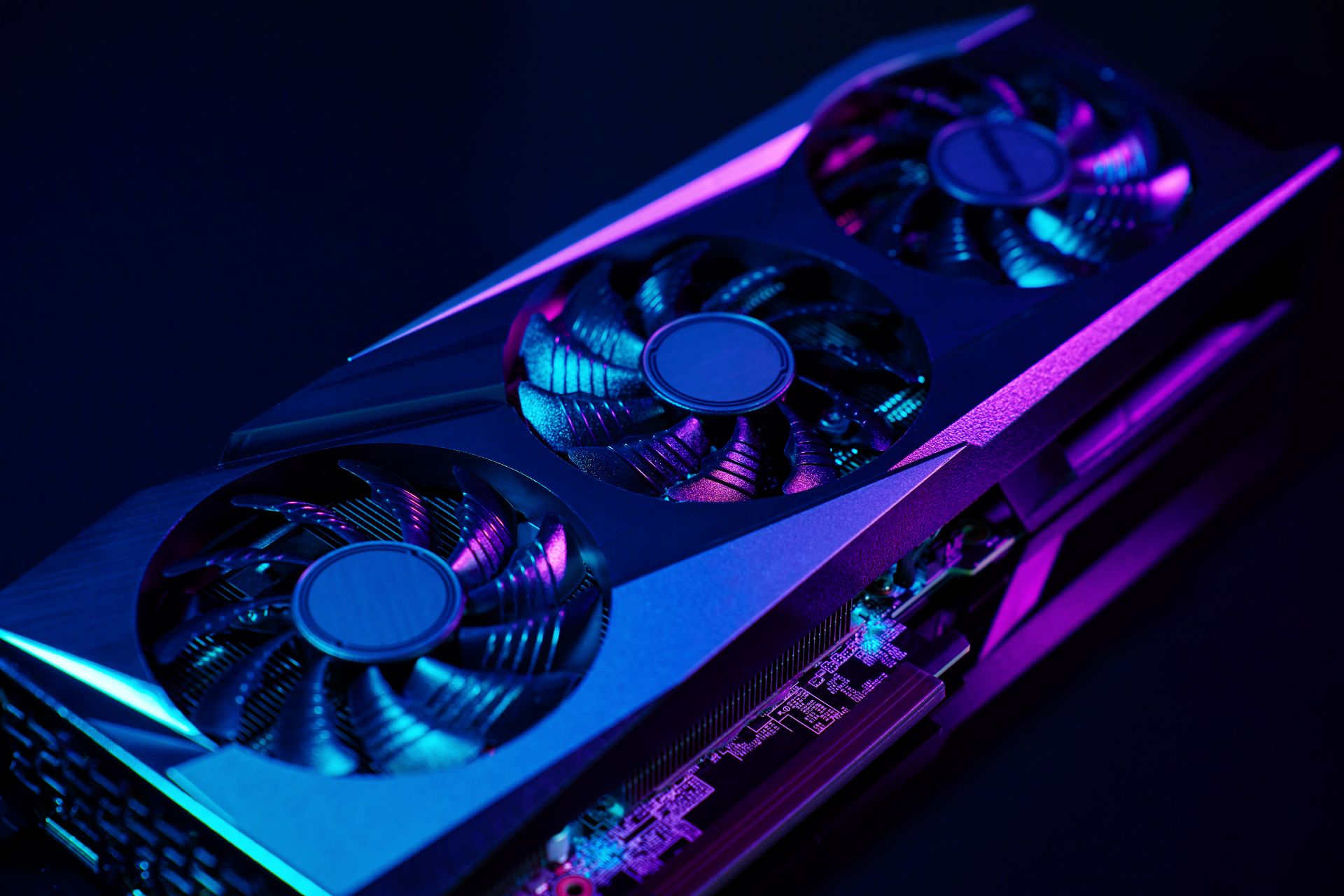The Technology That Turns Games Into Communities
When people talk about Minecraft, they usually picture building castles, exploring caves, or battling mobs. But the real magic begins when players step into a shared world. A Minecraft server transforms the game from a personal sandbox into a thriving community space — a place where ideas, teamwork, and friendships grow. Behind that freedom lies technology that keeps everything connected, stable, and secure.
The silent backbone of multiplayer worlds
At its core, a server is nothing glamorous: it’s hardware and code that quietly keeps track of blocks, entities, and players. But without it, there is no continuity, no permanence, no world to return to after logging out. The difference is profound: a solo game is temporary, while a server is alive even when you’re not there.
Running a Minecraft server requires the right mix of CPU power, RAM, and network stability. Smooth terrain generation, responsive combat, and lag-free interaction depend on this invisible infrastructure. Most players never see it, but it’s the hidden backbone of their gaming experience.
Inside the world of an experienced server admin
Few people understand this better than Alex, a long-time administrator who has managed both private and public Minecraft servers for years. In his view, a server is more than a piece of rented technology. “You’re not just running software,” he explains. “You’re hosting a community. Every plugin, every rule, every performance tweak shapes how players interact.”
Alex describes the balancing act between technical performance and human experience. Too little RAM, and the world lags. Too few safeguards, and griefers can ruin weeks of progress. “Stability matters, but so does trust,” he says. “Players stay when they feel safe, heard, and part of something bigger than themselves.”
Performance, hosting, and choice
Performance is often the first technical decision. A server that runs smoothly for five friends may collapse under the weight of fifty. CPU allocation and RAM determine how well it handles mods, redstone machines, and simultaneous events. Network bandwidth, especially upload speed, keeps every block placement and chat message synced.
Here the choice emerges: should you self-host at home or rent from a provider? Self-hosting gives maximum control but demands constant maintenance, electricity, and uptime. Renting offers convenience, professional infrastructure, and global access.
For hobbyists, self-hosting can be a fun technical challenge. But for communities, streaming projects, or classrooms, renting is often the better path. Hosts offer dashboards, monitoring tools, and 24/7 support that take the pressure off admins who just want to focus on building worlds.
📊Hosting models compared
| Self-hosted Minecraft server | Rented Minecraft server |
|---|---|
| Full control over hardware, software, and mods | Easy setup, often online in minutes |
| No monthly costs beyond electricity | Predictable monthly pricing |
| Dependent on home internet and power stability | Professional infrastructure and redundancy |
| Requires technical skills for setup and troubleshooting | Support available from provider |
| Limited scalability | Flexible upgrades for RAM, slots, and storage |
Mods, customization, and creativity
Technology does more than keep the server online, it opens doors to creativity. With mods and plugins, admins can redesign the very rules of Minecraft. From magic systems to economic frameworks, from custom mobs to automated cities, servers can feel like entirely new games.
Alex points out that modding is not just technical work but cultural work: “When you add a plugin, you’re shaping the culture of the server. A trading mod encourages cooperation. A PvP arena plugin changes the social dynamic completely.”
The best servers are those where customization aligns with community goals. Too many mods can overwhelm players, while carefully chosen plugins create memorable and lasting experiences.
Security, stability, and trust
With players comes responsibility. Security plugins prevent exploits, backups protect worlds, and monitoring tools alert admins before problems escalate. Renting from a reliable provider often means built-in DDoS protection and automatic snapshots. Self-hosting requires vigilance: “If you run a public server from home,” Alex notes, “you’re basically inviting the internet into your living room. Without safeguards, it can get messy fast.”
Good security is more than technical defenses. Clear community rules, transparent moderation, and consistent enforcement are just as important. Technology may stop the hackers, but human trust keeps players coming back.
 Beyond gameplay: Servers as social platforms
Beyond gameplay: Servers as social platforms
Minecraft servers are more than digital playgrounds they are social platforms. Friends log in not only to build or fight but to talk, share, and spend time together. Some servers host classrooms, where teachers use Minecraft as an educational tool. Others become creative hubs where architects, programmers, or storytellers test ideas in a collaborative setting.
This transformation is possible only because the server infrastructure keeps worlds persistent and available. It allows digital culture to grow in ways that single-player sessions never could.
Looking ahead: The evolution of community servers
The technology behind Minecraft servers is moving toward greater automation and accessibility. One-click modpack installers, integrated dashboards, and cloud backups make hosting easier than ever. The next frontier may be integration with streaming platforms or even VR. For Alex, the future is clear: “Servers will only get better at connecting people. The tech fades into the background — the community is what shines.”
Cloud-native solutions are also becoming more common, offering elasticity so servers can scale up during peak times and shrink down when demand is low. For communities that grow quickly, this flexibility means they never outpace their infrastructure.
A digital world built on shared imagination
A Minecraft server may start as hardware, but it becomes something else entirely: a living space where creativity and connection thrive. The combination of stable infrastructure and human interaction turns simple gameplay into culture. Whether you choose to self-host or rent, the real investment is in people because it’s the players, not just the processors, that turn a game into a community.
photo credits: YanabY/ Lazy_Bear/oneinchpunch/ stock.adobe.com


 Beyond gameplay: Servers as social platforms
Beyond gameplay: Servers as social platforms

